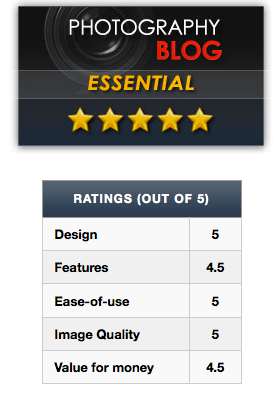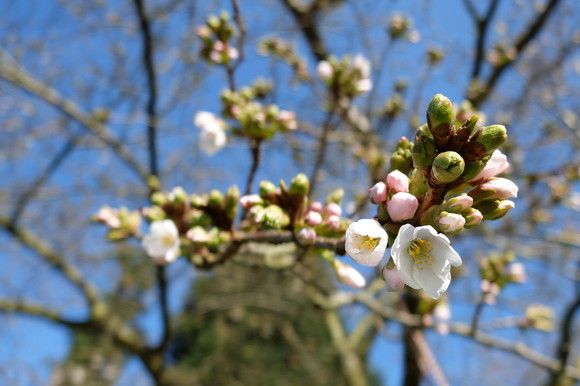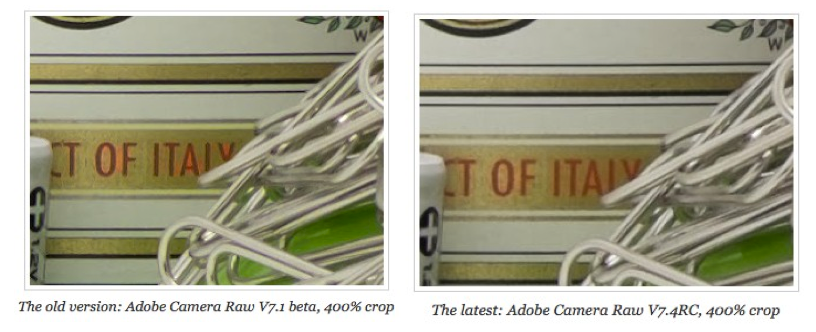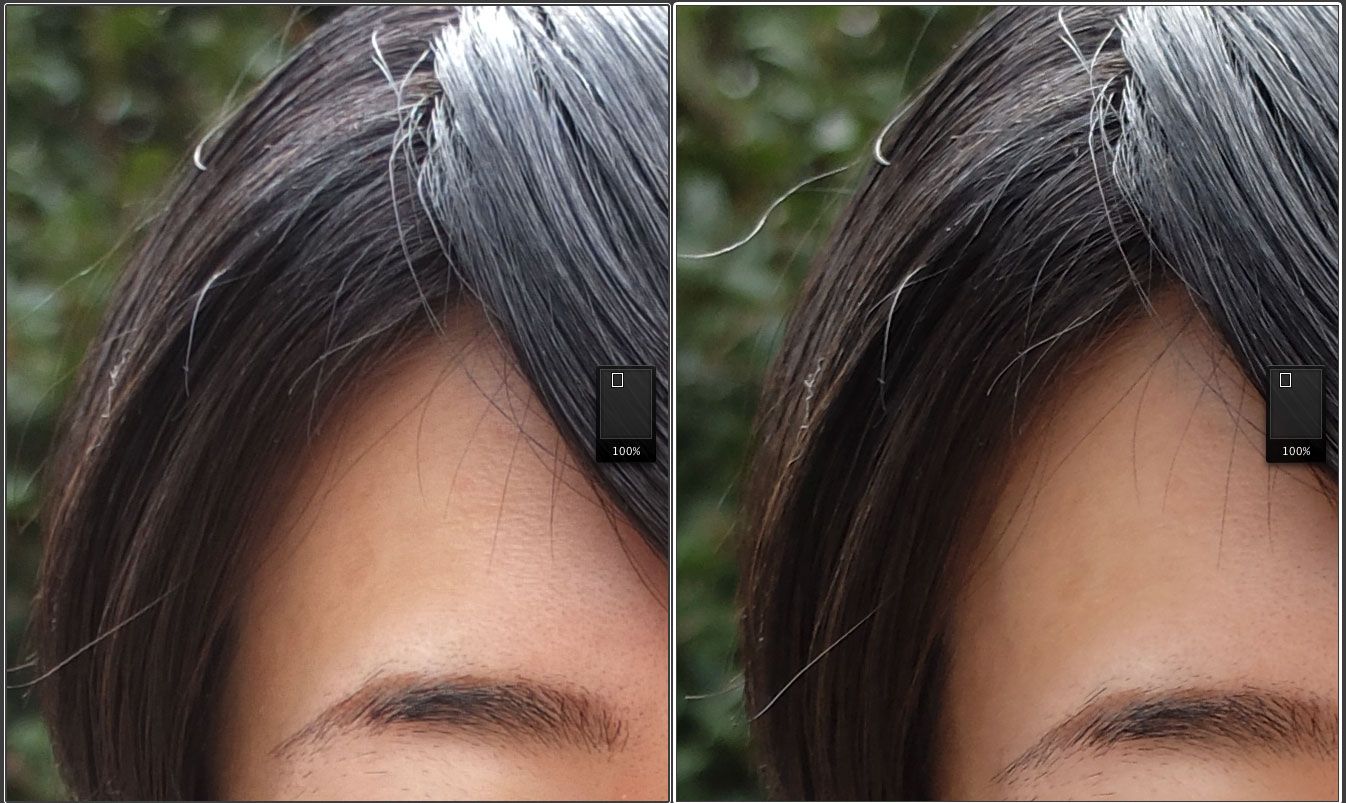X20: English, German and Spanish reviews
– The photographyblog X20 review is now online. Defintily passed the test. It gained five out of five stars, again! (also pocket-lint assigned five stars here, calling the camera “the new champion of the high-end compact cameras”) But now read the photographyblog review here.
“We ran into some issues in bright sunlight when shooting in aperture and shutter priority modes, where the top shutter-speed limit of 1/1000th second at f/2 or f/2.8 often caused under-exposure. Unlike the X100S, the new X20 still doesn’t feature a built-in Neutral Density filter (something that we complained about with the X10), so you’ll have to stop-down the aperture and sacrifice some depth-of-field to avoid blowing out the highlights. […] Fujifilm have cleverly made the focusing ring more sensitive to how you use it – turn it slowly and the focusing distance changes slowly, but turn it more quickly and the camera quickly moves through the distance scale. It now takes less than 2 full turns and a couple of seconds to jump from the closest focus distance to infinity, a big improvement on the X10. […] Shutter lag is virtually non-existent on this camera, so once you have set the focus, you’ll never miss the moment because the camera can’t fire the shutter quickly enough. […] The Fujifilm X20 is a much faster version of the original X10, with a few handling tweaks that make it even more intuitive to use. […] The Fujifilm X20 produces images of outstanding quality […] an excellent performance for a camera with such a small sensor.”
– The German site digitalcamera posted his review here (translated version). A bit too big for a compact camera. The image quality is more or less what you’d expect from a 2/3 sensor. With the new technologies inside the X20 (X-Trans, no low pass filter…), they had a bit higher expectations.
– Now something for our Spanish readers. dslrmagazine posted the review here (translated version).
X100S: BHphoto / Adorama / AmazonUS / AmazonDE / AmazonUK / AmazonITA / DigitalRev / your ebay / your Amazon
X20: BHphoto (black – silver) / Adorama (black – silver) / AmazonUS (black – silver) / AmazonUK (black – silver) / AmazonDE / AmazonITA / DigitalRev / your ebay / your Amazon








